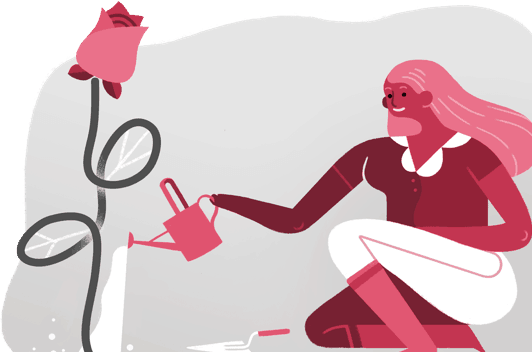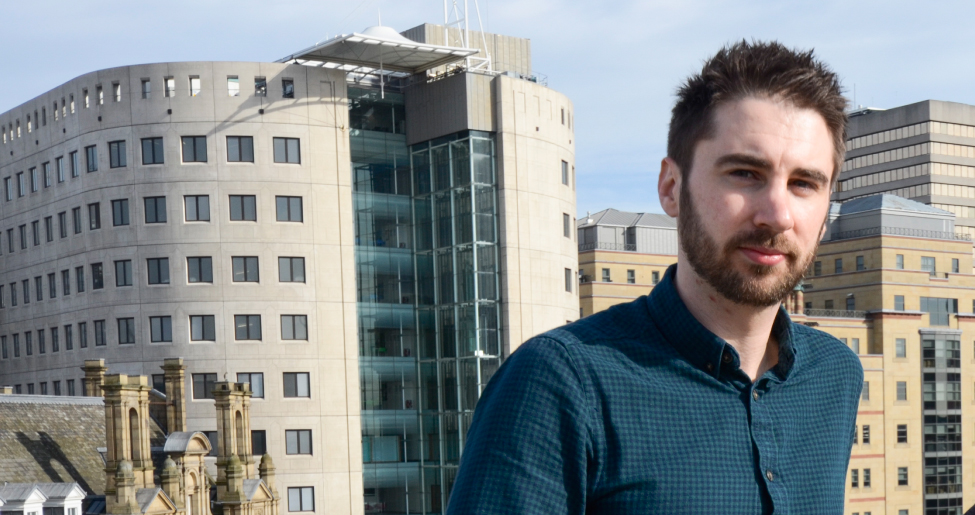How Working with a Charity Changed My Career Path
You might also like...
Sorry, no posts matched your criteria.
The community for UK charity professionals
We help charity professionals get better at their jobs. Sign up to share knowledge and ideas, ask burning questions & build connections.
Discover CharityConnect
The community for UK charity professionals
We help charity professionals get better at their jobs. Sign up to share knowledge and ideas, ask burning questions & build connections.
Discover CharityConnect

When I was sixteen, way back in 2000, I was living at home. I finally convinced my parents to get internet access because I wanted to create a website to show off the 3D graphics I’d been making on my PC. Yes, I was a geek, spots and all.
After a bit of nagging, they caved and all of a sudden the house was alive with the whizz-buzz sound of those old modems that used to take a minute or two to connect to the internet.
I managed to build my first website in a couple of weeks and quickly realised I enjoyed this process – I had gotten more out of it than I did creating the 3D artwork that I was originally aiming to showcase. This realisation jumped me onto a trajectory working in web design. But although I loved the work I was doing, I hadn’t quite found the right environment to apply my expertise in a way that inspired a real change. At least not yet.

Over the years, I worked in many creative studios and with over a hundred clients. And when I took the plunge and went self-employed, I was introduced to a client who happened to be a charity. I’d never worked with a charity, not through intention; the cards had just never fallen that way before.
Pace UK tackled the appalling problem of the sexual exploitation of children and I was commissioned to help provide a secure forum for parents to get support. What followed was an awakening of sorts – the idea that I could actually do some good in this world by using the skills I’d honed over the years. I then began to seek out more charities to work with, or at least, businesses with a social purpose. I worked with Leap, a charity that teaches school children confidence and resilience, Peepal Trees Press, a business that promotes Caribbean literature in the UK, and a digital memorial for those who’ve died serving in the UK’s police force.
As time passed I decided that I wanted to focus on working exclusively with the third sector, but I needed an angle. Any web developer will tell you that jumping from project to project can be tiring and, at times, financially straining. I set up a social enterprise called Charity Box that aims to bring effective website design to small-medium sized charities (the big players already have amazing websites… and they pay for it, too). Since its inception, I’ve found a satisfaction in my career that I had not previously experienced and hope to continue growing the business to help improve the way many more smaller charities handle digital in the future.
If I had had a mentor or career advisor when I was younger, my path may have been different. It turns out I’ve always had a soft spot for the underdog; a desire to help others, but my path as a web designer naturally took me into commercial waters. Looking back, in the words of the late Steve Jobs, it was far easier to connect the dots.
If you’re looking for purpose in your work, here are two things you can do to find it:
What are your values? What drives your work? Do you spend your time mostly doing what others ask of you, or do you have some sense of autonomy? In either case, try to clarify the parts of this that you enjoy and the parts that add value to the lives of others. The best way to find the right non-profit career is to truly understand who you are and what you want to achieve. By dissecting the way you spend your time and understanding the why, you can then more easily build a picture of what you want to spend more time doing.

After some self-reflection, it was clear that I wanted to spend more time being of use to charities. I then had to figure out what this looked like and how I might segway into the non-profit sector. This path is different for everyone. For some people, it might mean a complete career change. It’s also important to point out that your personal values might centre more on self-enrichment and personal wealth than anything else – this is okay! The point of these two steps is to firstly zero in on what you want, and then figure out how to get it.
I believe the world would be a happier and more prosperous place if more people managed to get fulfilment from their work. So here’s to finding your path, and all the best in your future endeavours!
Find out what jobs are currently available in the non-profit sector. Want to know more about creating a CV or a cover letter for a charity? Download our free template today.
Matt Saunders is the founder of charity web design company Charity Box. His goal is to bring affordable and effective design to smaller charities to help maximise their social impact. With 15 years professional experience in the field, Matt hopes to raise the bar when it comes to digital for small charities across the UK.
Sorry, no posts matched your criteria.
